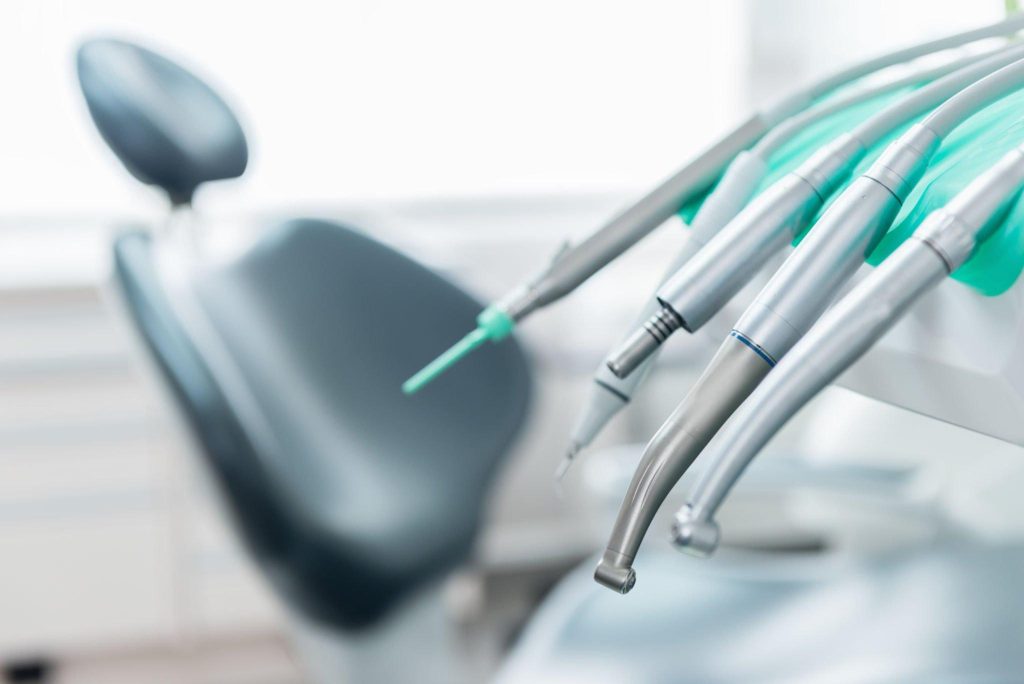Polymer-based direct filling materials have emerged as a transformative solution in the field of dental restorations. These materials, which include bulk fill composites and self-adhesive materials, have been developed to overcome the limitations of traditional filling materials. The latest advancements in polymer science have led to fillings that not only match the aesthetics of natural teeth but also offer improved mechanical properties, such as enhanced durability and resistance to wear and tear. Moreover, these materials have been engineered to have better biocompatibility, reducing the risk of allergic reactions and other adverse responses in patients (Pfeifer, 2017).

The Evolution and Benefits of Polymer Composites
The evolution of polymer composites in dentistry marks a significant milestone in dental material science. These composites are designed to provide optimal physical properties, such as high strength and fracture toughness, while also offering aesthetic advantages. The incorporation of nanotechnology has been a game-changer, allowing for the creation of composites with smaller particle sizes that offer a more natural and smooth finish. Additionally, these materials exhibit lower rates of shrinkage during the curing process, which reduces the risk of forming gaps between the filling and the tooth, a common issue with traditional materials. This advancement directly translates to longer-lasting restorations and improved oral health outcomes for patients (Moszner & Salz, 2007).

Cutting-Edge Technologies in Polymer-Based Fillings
The application of cutting-edge technologies in polymer-based fillings has revolutionized dental restorative procedures. Nanotechnology, for instance, has enabled the development of fillings with enhanced properties like minimal shrinkage, improved wear resistance, and better biocompatibility. These advancements ensure that the fillings not only last longer but also provide a more comfortable experience for patients. Moreover, the integration of bioactive agents in polymer composites, which can release substances to remineralize the tooth and combat bacterial growth, is a promising development. This technology has the potential to reduce secondary caries and prolong the lifespan of the restoration (Moszner & Klapdohr, 2004).

Addressing Challenges in Polymer-Based Dental Materials
One of the major challenges in polymer-based dental materials is managing stresses that occur during the polymerization process. These stresses can lead to marginal gaps and, subsequently, restoration failure. However, recent research in the field has focused on developing new formulations and techniques to minimize these stresses. For example, the use of polymerization modulation and stress-relieving additives in the composite material has shown promising results in reducing shrinkage stress. Additionally, advancements in adhesive technologies have improved the bond strength between the composite material and tooth structure, further enhancing the longevity and effectiveness of the restorations (Hübsch & Middleton, 2000).

The Future of Polymer-Based Dental Restorations
Looking to the future, polymer-based dental restorations are set to become even more effective and patient-friendly. Research is continually being conducted to develop materials that are not only stronger and more durable but also capable of providing therapeutic benefits. For instance, the integration of antimicrobial agents and remineralization promoters into polymer composites is a field of active research. These advancements aim to create restorative materials that not only repair the damaged tooth but also actively contribute to its health by preventing further decay and promoting enamel regeneration. Such developments could greatly reduce the incidence of secondary caries and other common dental issues, significantly improving patient outcomes (Imazato et al., 2014).
Key Innovations in Polymer-Based Fillings
- Bulk fill composites and self-adhesive materials for improved service life.
- Expanding resins and nanofiller technology to combat shrinkage and thermal expansion issues.
- Use of bio-active polymers in dental adhesives for enhanced therapeutic effects.
- Advanced polymer grafting techniques for improved filler/matrix interface.
- Development of light-curable polymeric materials for regenerative dental therapies.
In conclusion, the advancements in polymer-based direct filling materials represent a significant leap forward in dental restorations. With ongoing research and development, these materials are poised to offer more reliable, durable, and efficient solutions for dental care, thereby enhancing patient outcomes and satisfaction.
